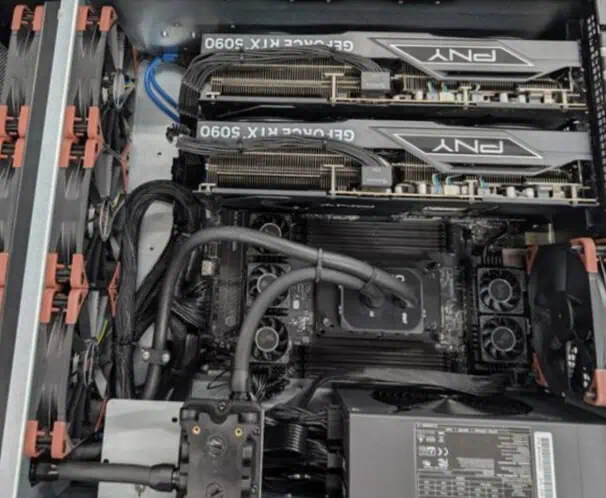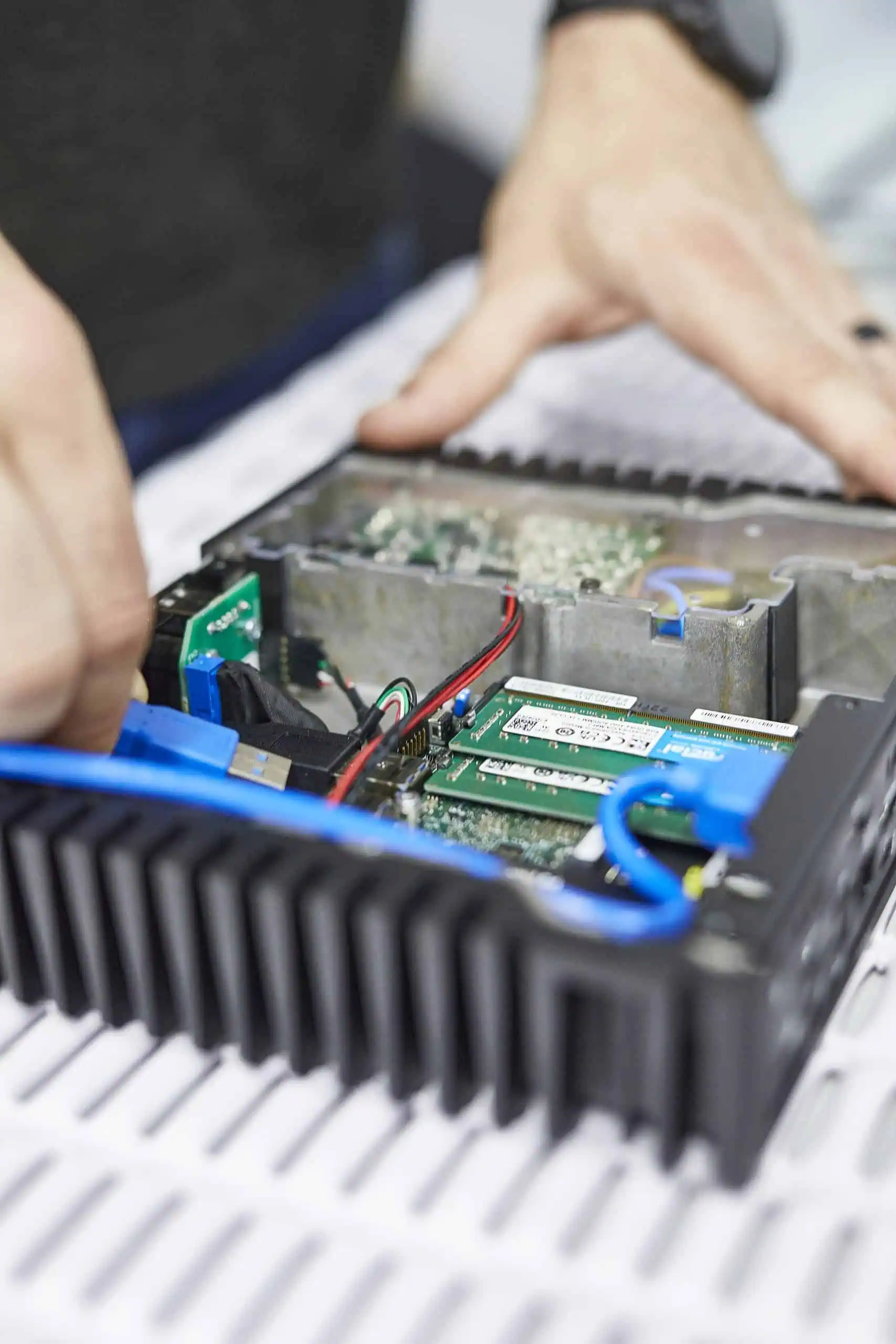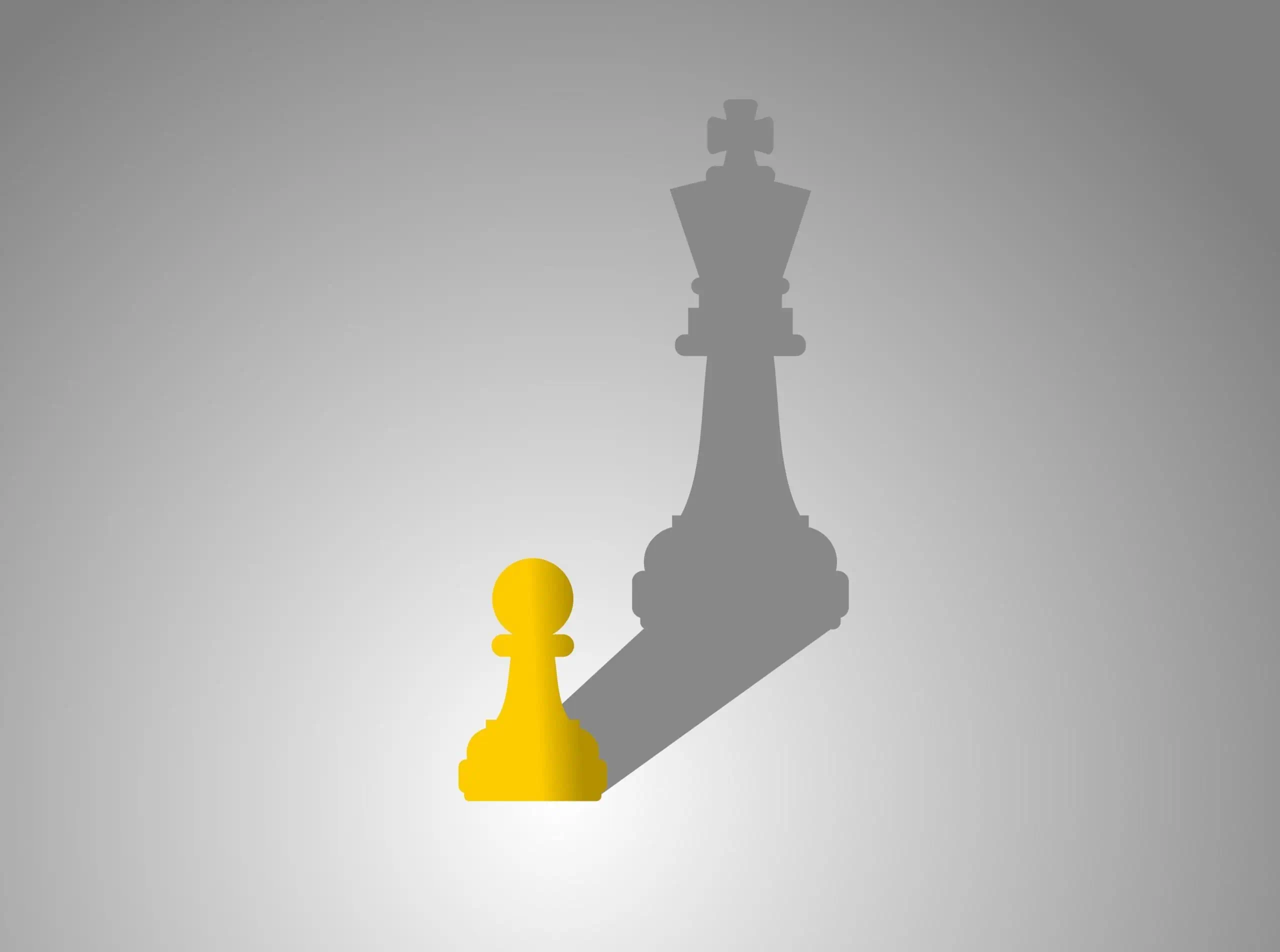While Intel doesn’t quite dominate the CPU landscape as it did in the past, it can still set hares running like no other tech player. Its February announcement of the proposed release of the first 13th-gen CPUs in the second half of this year has had designers and developers on tenterhooks ever since.
Just three desktop processor are currently available, with Intel’s entire non-K desktop Raptor Lake line-up now expected to be unveiled at CES early next year. The company might also announce new lower end chipsets at the event, including H770, B760, and H710, and some Raptor Lake mobile parts.
As with previous-gen chips, the 13th-Gen Raptor Lake processors offer combined big performance cores (p-cores) for latency-sensitive work and small efficiency cores (e-cores) for threaded and background applications.
The e-cores have the same Gracemont architecture as in 12th Gen CPUs, but the p-cores move from the Golden Cove design to Raptor Cove.
K-series CPUs are particularly popular with tech savvy buyers as they have an unlocked multiplier, allowing them to be overclocked.
The non-K Core i9 and i7 models will use the same die and feature identical L3 cache capacities as their unlocked counterparts, meaning they will also mirror their core counts.
The line-up includes the Core i5-13600K, i7-13700K and i9-13900K. The latter pair are focused on performance and will offer 16 cores and 24 cores respectively.
The Core i9-13900K has eight more e-cores than its predecessor, offering more threaded horsepower, while taking the core count lead on the mainstream desktop PC over the 16-core Ryzen 9 7950X.
It is the only Raptor Lake chip to come with Intel’s Adaptive Boost Technology (ABT), allowing it to dynamically boost to higher all-core frequencies based on available thermal headroom and electrical conditions. This also allows the chip to operate up to 100C to extract the utmost performance from your setup.
The Core i7-13700K has been given a 400 MHz p-core frequency lift to 5.4 GHz, an additional four e-cores for a total of eight, and a 400 MHz e-core boost to 4.2 GHz. Intel also increased the MTP for this chip to 253W, a 63W increase over the prior-gen Core i7-12700K (+33%).
The Core i5-13600 and i5-13500 feature the same L3 cache size as the unlocked Core i5-13600K. It has been reported they will use the Alder Lake C0 die, thus not benefitting benefit from Raptor Lake’s architectural improvements.
The Core i5-13600K has four more e-cores than the 12th gen, and Intel has increased the p-core clocks by 200 MHz to reach 5.1 GHz. The company has also lifted the e-cores up by 300 MHz to achieve a 3.9 GHz boost, meaning it will consume more power — the 13600K also has a 31W higher MTP than the prior gen, at 181W (+20%).
The Core i5-13600K is the most impressive Raptor Lake chip if overclocked, attaining up to a 5.6 GHz overclock that almost matches the stock Core i9-13900K’s performance.
Intel has confirmed that hybrid architecture is coming to more of the Raptor Lake Core i5 line-up. Of the previous generation this was only present on the Core i5 “K” versions.
Get in touch for more information on 13th-gen CPUs available in G2 Digital mounted systems. Our experts can work directly with you to design and build a bespoke or tailored solution. Contact our team on +44(0) 333 880 4242 or drop us an email.








